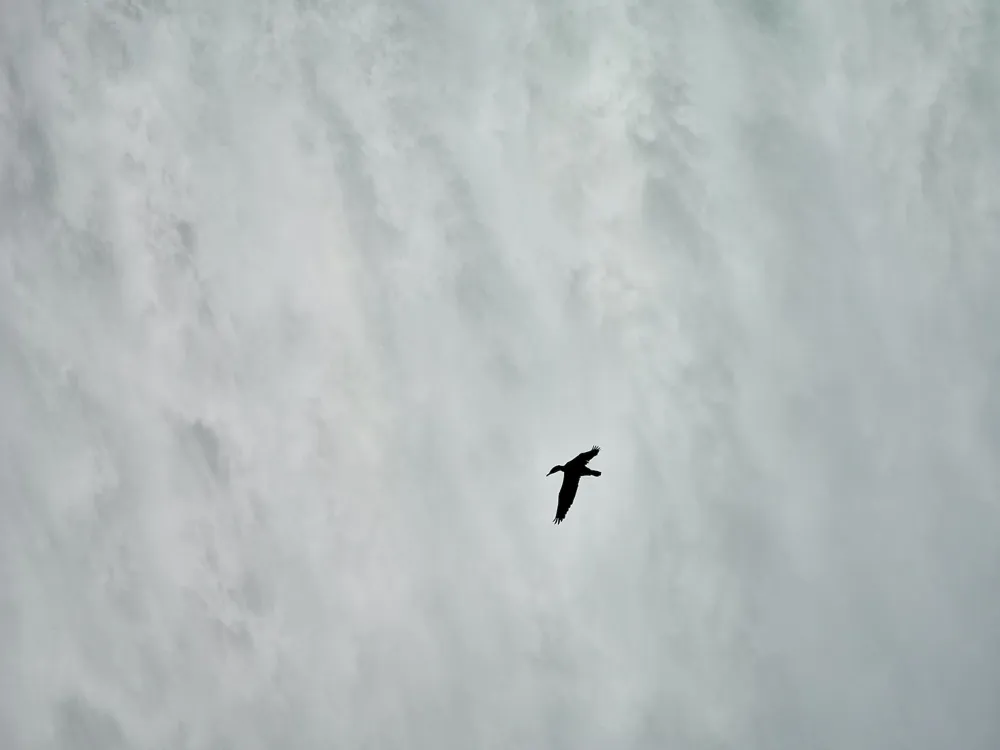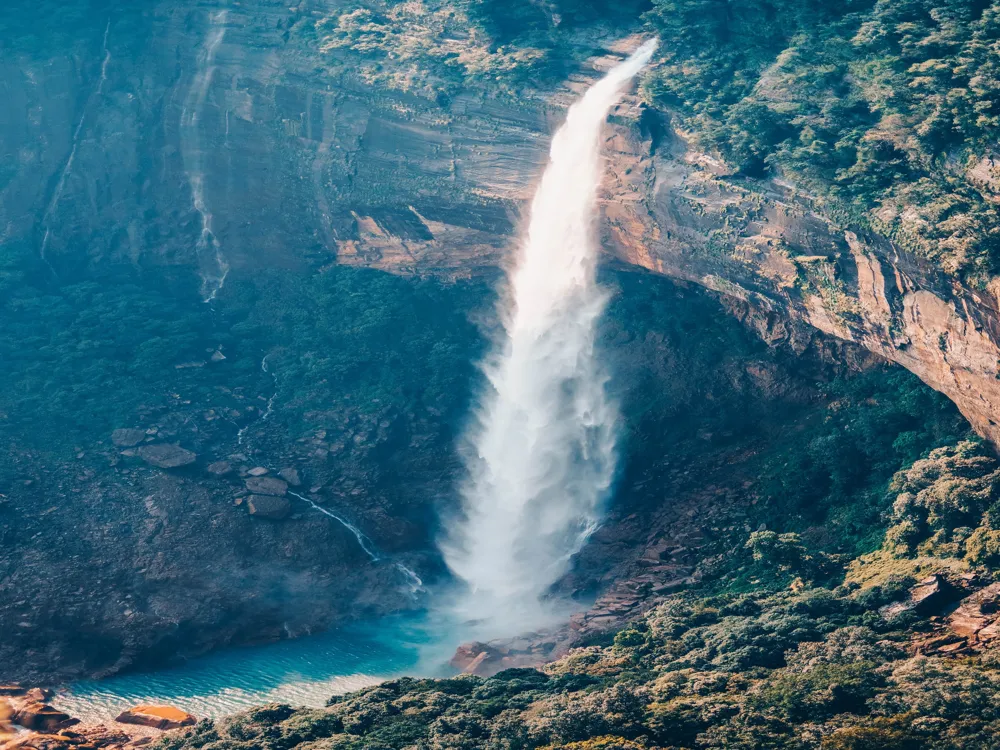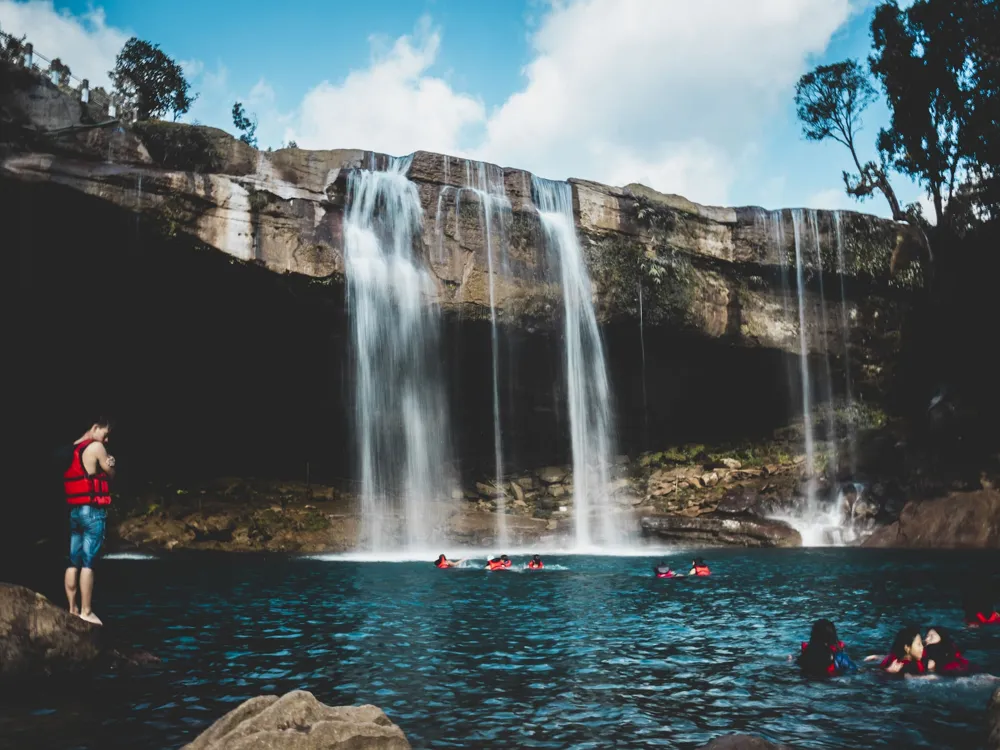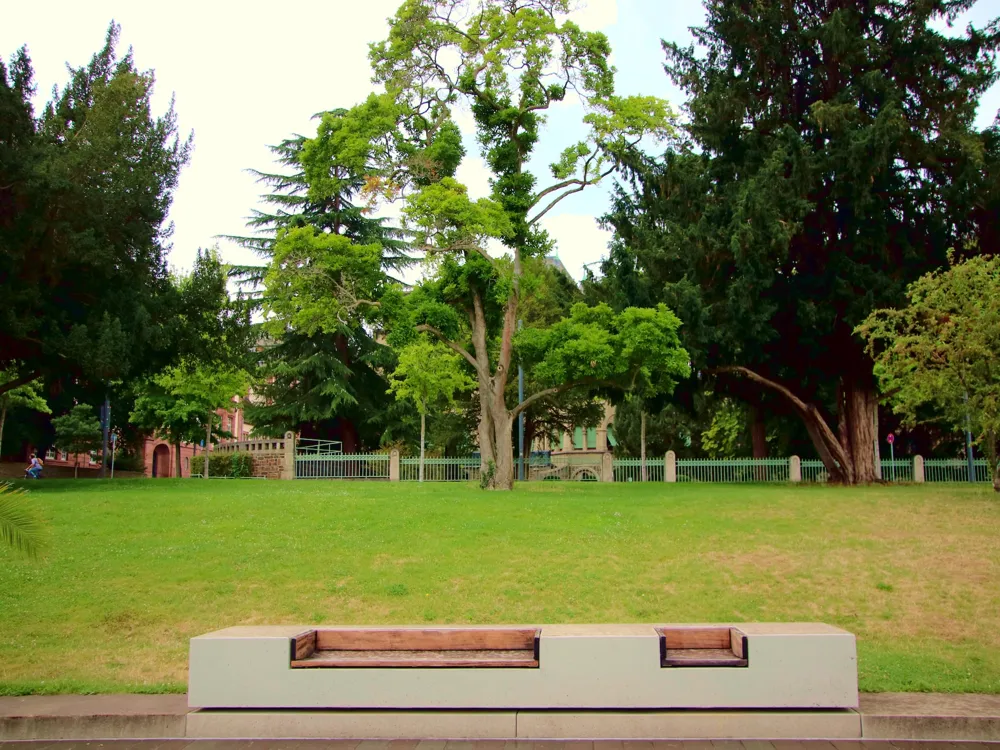Nestled in the picturesque landscape of Jowai, Meghalaya, the Nartiang Monoliths stand as a testament to the rich cultural heritage and ancient history of the region. These monolithic structures, dating back to the ancient era, are not just stone formations but are imbued with the cultural and religious significance of the Jaintia tribes. The Nartiang Monoliths are often compared to the likes of Stonehenge in England, yet they hold a unique place in Meghalaya's history and the hearts of its people. The monoliths are essentially a collection of huge stones, erected vertically and horizontally, which were put in place hundreds of years ago. The vertical stones, or 'Menhirs,' are believed to be symbols of respect for their ancestors and gods, often erected in memory of the great deeds of the village's headmen and leaders. The horizontal stones, or 'Dolmens,' are typically set atop the Menhirs and are said to represent the seats of the departed souls. The most fascinating aspect of these monoliths is the mystery surrounding their construction. The stones used are enormous, some towering over 8 feet in height and weighing several tons. How these stones were transported and erected in an era without modern machinery continues to baffle historians and archaeologists alike. The Nartiang Monoliths are not just a tourist attraction but a sacred site for the local community, often associated with traditional rituals and festivals. A visit to the Nartiang Monoliths is a journey back in time. It offers a glimpse into the life and beliefs of the Jaintia tribe and stands as a proud marker of Meghalaya's ancient past. The site is surrounded by lush greenery and picturesque hills, making it a perfect spot for nature lovers and photography enthusiasts. The architecture of the Nartiang Monoliths is a remarkable feat, considering the era during which they were constructed. The Menhirs and Dolmens are made from hard sedimentary rock, which is believed to have been quarried from nearby areas. The precision with which these rocks were cut and erected is a marvel of ancient engineering. The Menhirs, towering and slender, are often inscribed with symbols and scripts that provide insights into the life and times of the Jaintia tribe. These inscriptions, though eroded over time, are a source of intrigue for linguists and historians. The arrangement of the monoliths is not random; it follows a specific pattern that aligns with the stars and celestial bodies, indicating the advanced understanding of astronomy by the ancient Jaintians. The Dolmens, set atop the Menhirs, are equally fascinating. They are large, flat stones that seem to defy gravity in their balance on the Menhirs. Some believe that these Dolmens were used as sacrificial altars or for conducting rituals, though there is no concrete evidence to support this theory. The entire site of the Nartiang Monoliths is an architectural marvel that blends seamlessly with the natural landscape. The way these structures have stood the test of time, enduring harsh weather and the passage of centuries, speaks volumes about the skill and ingenuity of their creators. Remember that the Nartiang Monoliths are not just tourist spots but sacred sites for the local community. It's important to show respect by not climbing on the stones or disturbing the site in any way. The best time to visit the Nartiang Monoliths is between October and April when the weather is pleasant. The monsoon season, from June to September, can make access to the site difficult. Consider taking a guided tour to better understand the historical and cultural significance of the monoliths. Local guides are often well-versed in the lore and legends associated with the site. The site is a photographer's paradise, so bring your camera. However, be mindful of the lighting, especially during the midday sun, for the best photographs. Wear comfortable walking shoes as the area around the monoliths requires some walking. Also, carry water and snacks, as there are limited facilities nearby. The Nartiang Monoliths are located in the West Jaintia Hills district of Meghalaya, about 60 kilometers from Shillong, the state capital. Reaching the monoliths is fairly easy, with multiple options available: The journey to the Nartiang Monoliths is as scenic as the destination itself, with mesmerizing views of the Meghalayan landscape. It's an experience that combines the allure of ancient history with the beauty of nature. Read More: Overview of Nartiang Monoliths in Jowai, Meghalaya
Architecture of Nartiang Monoliths
Tips When Visiting Nartiang Monoliths
Respect the Cultural Significance
Best Time to Visit
Guided Tours
Photography
Prepare for the Trip
How to Reach Nartiang Monoliths
Nartiang Monoliths
Jowai
Meghalaya
₹ 8,000 onwards
View jowai Packages
Jowai Travel Packages
View All Packages For Jowai
Top Hotel Collections for Jowai

Private Pool

Luxury Hotels

5-Star Hotels

Pet Friendly
Top Hotels Near Jowai
Other Top Ranking Places In Jowai
View All Places To Visit In jowai
View jowai Packages
Jowai Travel Packages
View All Packages For Jowai
Top Hotel Collections for Jowai

Private Pool

Luxury Hotels

5-Star Hotels

Pet Friendly





















